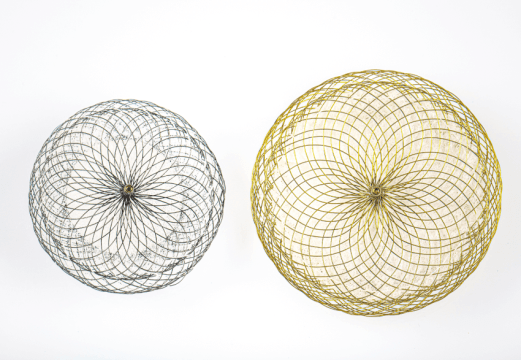Original title: Safety and performance of the drug-eluting absorbable metal scaffold (DREAMS) in patients with de-novo coronary lesions: 12 month results of the prospective, multicentre, first-in-man BIOSOLVE-I trial. Reference: Michael Haude et al. Lancet 2013; 381: 836–44.
Bioabsorbable scaffolds could improve vasomotion, remodelling and facilitate new interventions, both percutaneous and surgical. This new bioabsorbable scaffold, different from the existent polymeric absorbable DES, is metallic (magnesium alloy) and therefore, intuitively, its mechanic performance would be similar to that of conventional stents.
This first-in-man trial tested the safety and efficacy of the magnesium-based paclitaxel-eluting absorbable metal scaffold (DREAMS, Biotronik, Bülach, Switzerland) in symptomatic patients with de novo coronary lesions. Primary end point was target vessel failure at 6 to 12 months (a composite of cardiac death, target vessel myocardial infarction, and clinically driven target lesion revascularization). The study enrolled 46 patients with up to 2 lesions in separate vessels with 3 and 3.5 mm reference diameter,
At 12 months, 3 patients (7%) reached the primary end point and clinically driven target lesion was revascularized in 2 of them; there were no deaths or scaffold thrombosis. Late lumen loss at 12 months (0.52 mm) was lower than at 6 months (0.65 mm), though the difference is not significant. Vessel angulation was completely reestablished at 12 months.
Conclusion:
The study shows the DREAMS bioabsorbable scaffold angiographic and clinical safety and efficacy at 12 months. This scaffold could be an alternative to the polymeric absorbable scaffold.
Editorial comment:
Despite the fact that target lesion failure rate with DREAMS was similar to the rates obtained with contemporary DES and everolimus eluting scaffolds, late lumen loss was not comparable. This study was the first-in-man trial to test this scaffold and will undoubtedly lead to better versions before it becomes available to the clinical practitioners.
SOLACI.ORG





